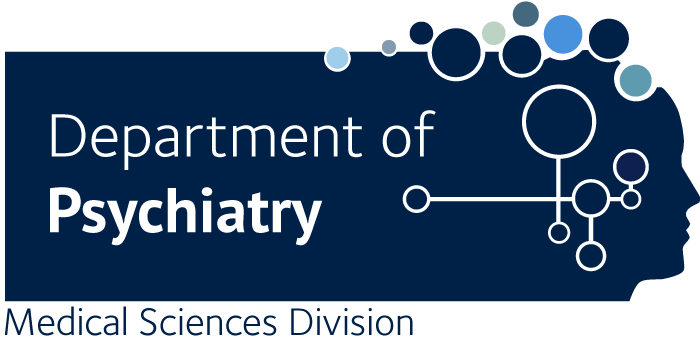Search results
Found 18354 matches for
Crisis resolution teams for people experiencing mental health crises: the CORE mixed-methods research programme including two RCTs
Background: Crisis resolution teams (CRTs) seek to avert hospital admissions by providing intensive home treatment for people experiencing a mental health crisis. The CRT model has not been highly specified. CRT care is often experienced as ending abruptly and relapse rates following CRT discharge are high. Ai…
Impact of co-morbid common mental disorder symptoms in people with epilepsy in Ethiopia on quality of life and functional disability: a cohort study.
The objective of this study was to investigate the impact of common mental disorder (CMD; depression/anxiety) symptoms and risky substance use in people with epilepsy in Ethiopia (four districts) on quality of life (QoL) and functioning over 6 months. A prospective cohort study was carried out. Multivariable linea…
FedDyS: Enhancing Federated Learning Efficiency with Dynamic Sample Selection
Federated learning (FL) trains models across multiple devices while keeping data localized, addressing privacy and efficiency issues. It faces challenges like data heterogeneity-where diverse local data might hinder the performance of a global model-and high computational costs on resource-limited devices like…
Generating Phonetic Embeddings for Bulgarian Words with Neural Networks
Word embeddings can be considered the cornerstone of modern natural language processing. They are used in many NLP tasks and allow us to create models that can understand the meaning of words. Most word embeddings model the semantics of the words. In this paper, we create phoneme-based wor…
Technology Matters: Online Support and Intervention (OSI) for child anxiety problems - an example of the journey from research to practice.
Childhood anxiety problems are prevalent and impairing, yet many children are unable to access evidence-based treatment (i.e. cognitive behavioural therapy, CBT). Digitally augmented psychological interventions represent one way to help increase access to CBT for children with mental health problems,…

